Huayna Picchu
If you’ve ever seen a picture of Machu Picchu, then you’ve seen a picture of Huayna Picchu—you just didn’t realize it.
Machu Picchu is a mind-boggling feat of engineering and megalithic architecture, improbably situated atop a difficult-to-reach Andean mountain summit. But whoa, hold on, what the heck is THAT? Up there, on the even taller peak overlooking Machu Picchu? That, my friend, is Huayna Picchu.
Sitting 2720 meters (8920 feet) above sea level, and 360 meters (1180 feet) above Machu Picchu, Huayna Picchu was a sort of sacred suburb of the famous citadel of the Incas, consisting of temples and terraces that served as a residence for the high priest and “local virgins” (I know that sounds sketchy, but this was no doubt necessary for totally legitimate high priest business, like making sure the sun didn’t get stolen by a condor). The structures are set gingerly atop the conical peak or stuck to the steep mountainside, often ending in sudden, breathtakingly sheer drops.
The site can be visited today via the original trail built by the Incas to facilitate travel between the main site and this astonishing satellite. The ascent is a hair-rising climb, at times slippery and/or fully exposed — here following stairs cut from the mountain itself, there requiring the sight-seer to clamber up on all fours. The way is reportedly manageable for any reasonably fit person, unless that reasonably fit person gets overwhelmingly terrified at the thought of stumbling off the side of a mountain.
As if the whole thing is not already crazy enough, once you have visited the summit Huayna Picchu, you can proceed down the back side of the peak to check out the Temple of the Moon, which stands seemingly suspended on the sheer mountain face at the mouth of the Gran Caverna, another ritual site lined with typically exquisite Incan stonework that was most likely used to hold mummies.
Access to Huayna Picchu is limited to 400 visitors per day, split into a 7:00am group and a 10:00am group. These controls were put in place to limit impact on the centuries-old trail, and to afford ample space for ongoing excavations at the top of the peak. The ascent takes around two hours, while the descent take 45 minutes to an hour — depending on how often you pause to stare, flabbergasted, at basically everything around you.
Know Before You Go
It is not possible to climb Huayna Picchu without a ticket for Machu Picchu. You need tickets for both. Walking sticks are not allowed, as they are prohibited throughout the whole Inca ruins. Also, don't bring big backpacks, as parts of the path lead through very narrow tunnels. There are nasty gnats inside Machu Picchu. Especially, on this long hike, it is recommended to bring bug repellant.
As detailed above, there are two time slots each day. As Machu Picchu is often hidden in heavy mists in the morning, it is better to buy tickets for the 10:00 am group. The ruins down below will be most busy at noon as well, so you will avoid the crowds at the same time.
As of 2017, stricter rules have been placed on visiting Machu Picchu to deal with the masses that visit every day. Visitors will not be allowed to enter without an authorized guide. There are already arrows to help control the flow of visitors but these will be more prominent. There are also changes to opening times for Machu Picchu, Huayna Picchu/Wayna Picchu, and Cerro Machu Picchu.
Additionally, to climb Huayna Picchu, there is an age limit of 12 years or older. The age limit is imposed as the previously mentioned trek has a lot of slippery stone steps up a steep trail that requires the use of all hands, and hair-raising drop-offs.


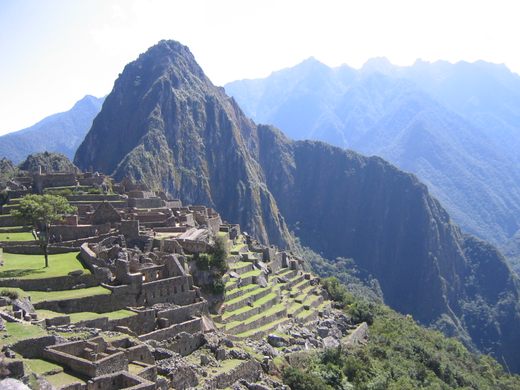








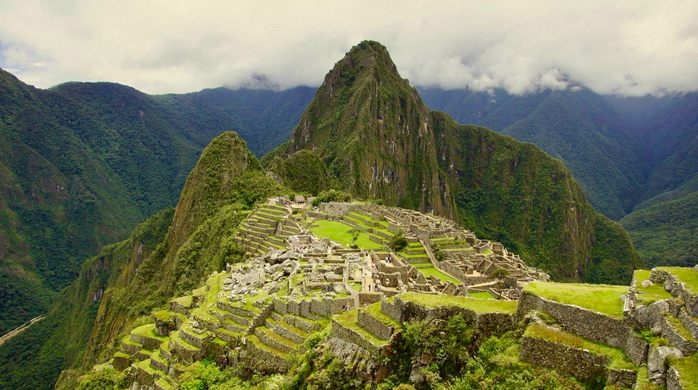
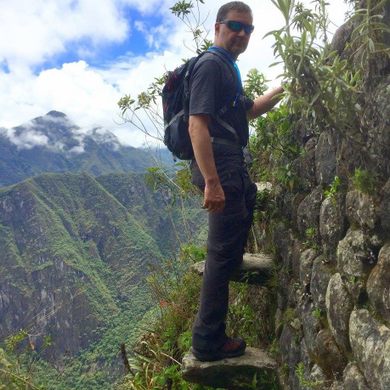
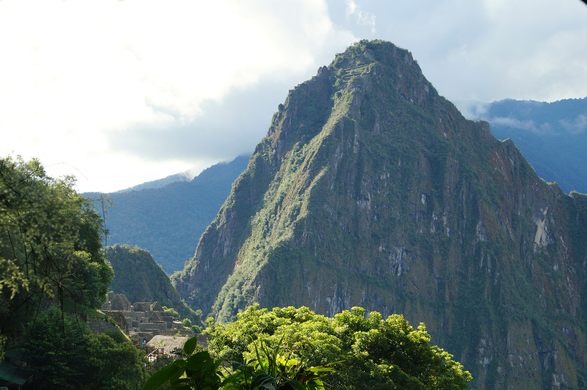






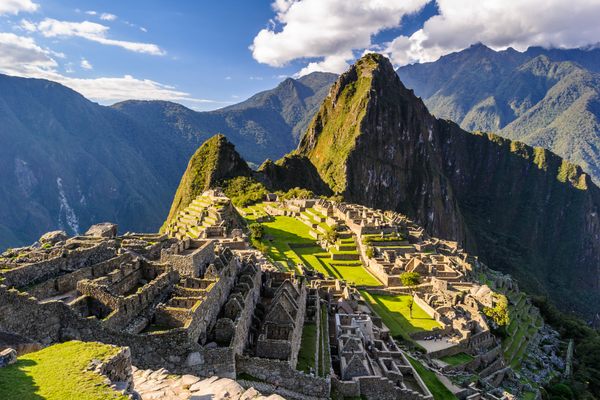
















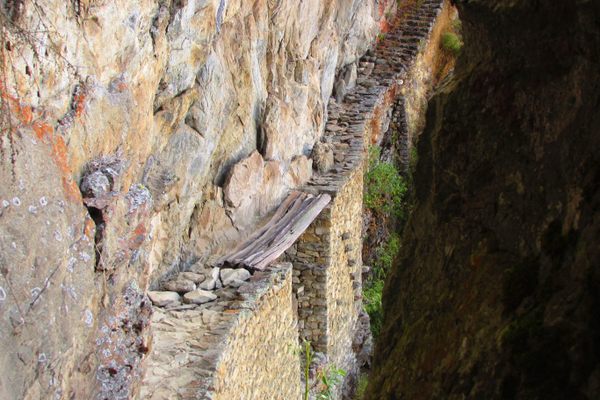


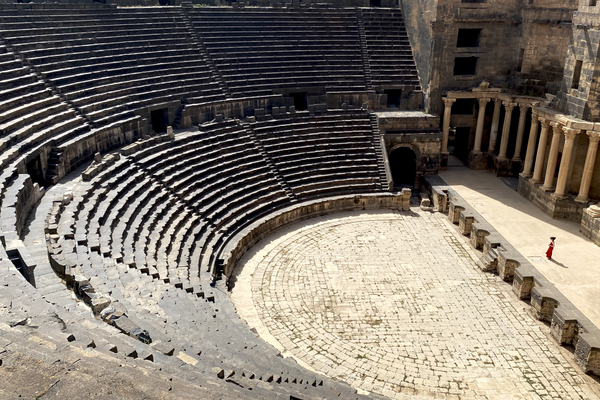
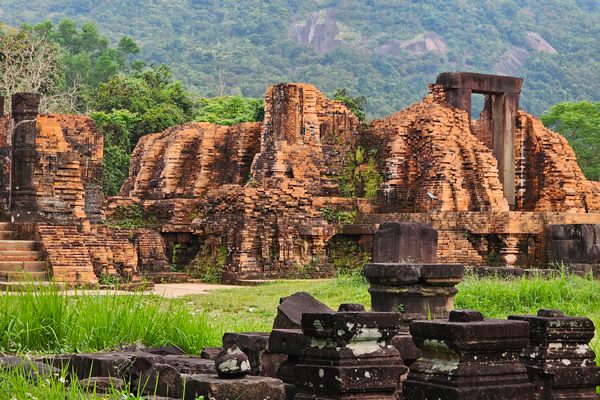


Follow us on Twitter to get the latest on the world's hidden wonders.
Like us on Facebook to get the latest on the world's hidden wonders.
Follow us on Twitter Like us on Facebook